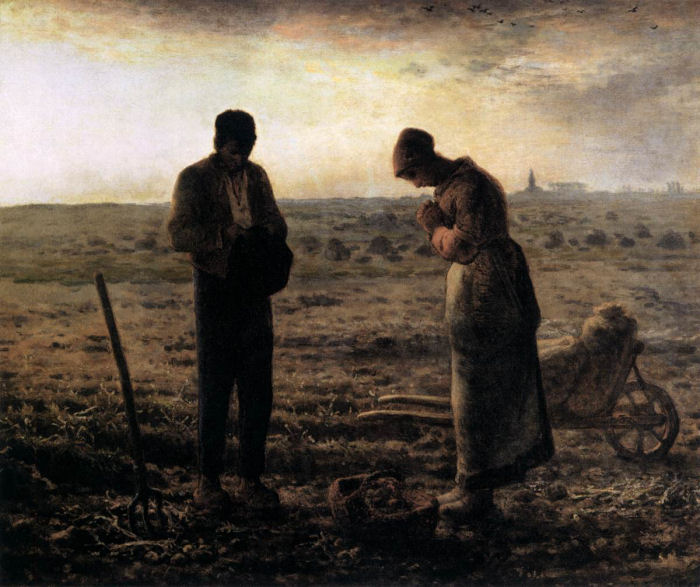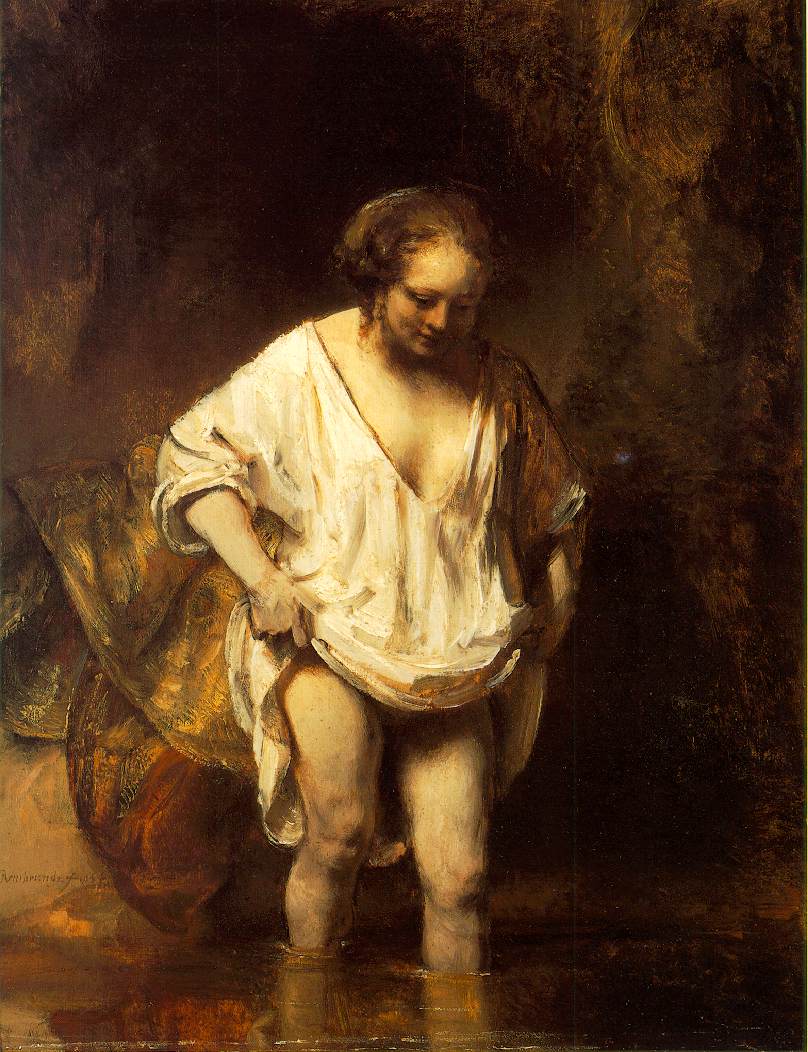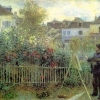
-----Register
-----Readed_count
-----Update_order
한국 명화감상
세계 명화감상
그리스.로마신화
Mobile Menu, Mobile W-paintings, Cyber World Tour,
한국역사부도,
세계역사부도,
역사년표
NEW
RENEWAL


1654 Oil on panel 61.8 x 47 cmNational Gallery, LondonRembrandt van Rijn
Text from Simon Schama, "Rembrandt's Eyes":
"But at the same time that Rembrandt was painting Hendrickje posing beside the water of guilt, he was also sketching her wading into the water of innocence. Not complete innocence, of course, since the same heavy and ornate crimson and gold fabric he had used for Bathsheba's robe also lies on the bank beside his stunningly beautiful Hendrickje Bathing. And the combination of her deeply plunging décolletage, exposing the delicate cleavage between her breasts, and the shift lifted above and in front of the deep shadow at her upper thigh and groin gives the painting an extraordinarily powerful, though tender, sensuality. In all likelihood a work so intimate, and in its way so daring, was painted by Rembrandt for himself and Hendrickje, a personal celebration of their intimacy akin, in this respect at least, to Rubens's Het pelsken, to which it's often been compared. But in fact, it's those features which are most unlike Rubens's work which, in the end, give Rembrandt's little panel its revelatory power. Helena Fourment is carefully, if insecurely, posed somewhere between an Ovidian myth and her husband's bedroom. Rubens decides on the degree to which she should be presented as the wife or the goddess, toying erotically with her unease, the black fur sliding about her opal, glowing skin. She is his to represent, to be stared at, her body entirely his possession. And as befits the fetishized beloved, he lavishes his most careful painterly technique on the detailed objects of his desire: the breasts, the fleshy legs, the full lips and shining eyes.
"But Rembrandt paints Hendrickje not looking at him. He admires her evidently not as a possession but for her self-possession, and he catches her, sidelong as it were, in an act of self-absorption. Readings of the painting that like to make it a literal record of a specific concrete action tend to imagine Hendrickje testing the waters, or rather the riverbed, for a secure footing. And perhaps Rembrandt did want to inject a note of caution in what is otherwise a gloriously incautious act of painting. More likely, though, Hendrickje is looking, the suggestion of a smile playing about her lips, into the watery mirror of her own reflected body privy to a view denied us, and emphatically obscured by the black depth of that shadow below her shift. The most elaborately calculated passage in the entire painting is the area where her calves meet the water line, the minutely rippling break in the surface indicated by tiny lines of pure lead white, the reflected legs painted in transparent dabs of ocher and red earth.
"The painting is an amazingly unforced synthesis of solid forms modelled with the most liquidly spontaneous brushwork. The entire thing seems to have been done at speed, the rich primuersel colored a warm yellowish brown (exposed at the bottom edge of her shift), the outlining edges of Hendrickje's neckline and right forearm and the crucial shadows at elbow and thigh and beneath her chin indicated in the "dead color" of charcoal black. The covering paint was then laid on with a creamily loaded brush, often wet-in-wet, a bristle-load of lead white mixed with just a trace of black or ocher where Rembrandt wants to describe the falling creases of the shift, following the lines of the upper body, lit and faint on the left side, a series of broad darker strokes at the right. There are exquisitely precise things - the corkscrew curl hanging over her neck; the faint, slightly oily glistening of her forehead, a minute highlight on her upper right eyelid. And there are passages of whirlwind suggestiveness: the white smear at the left sleeve; above all, Hendrickje's right hand, treated so freely and broadly, with a dry, loaded brush dragged across the surface of the panel, that generations of connoisseurs assumed this to be a damaged passage.
"A look at the famous hands of Jan Six in Rembrandt's portrait painted a year earlier might have suggested otherwise. For in both paintings, but especially perhaps in Hendrickje Bathing, Rembrandt is beginning to do something shockingly and movingly original. He is inventing the antipose, consciously disassembling the elements of a smoothly integrated representation, exposing rather than concealing the painterly hand itself. He was doing this, moreover, at precisely the time when his contemporaries, including Jan Lievens, returned to Amsterdam and belatedly prospering, and ex-students like Bol and Flinck, were actually refining their manner in the direction of a glossier, slicker finish, the hand of the painter dissolved inconspicuously into its assigned subject, be it a portrait or a history.
"In other words, fashion was increasingly demanding exuberant outwardness: a clear line, a bright light, and a smooth finish. Rembrandt was, increasingly, absorbed by a dashing, thickly applied, suggestively broken line, a flickering light, and a provocatively unfinished finish. Of course, the old Titian had also won admiration for the indifference to finish displayed in his own late broken manner. But Rembrandt's late style, prefigured in the apparent incoherence of Hendrickje's left hand, has little or nothing in common with the feathery, mistily lyrical atmospherics of the Venetian artist, whom he certainly admired to the point perhaps of adulation. The viscous smears and dabs that sacrificed delineated form to the sheer intoxication of gestural painting owed nothing to any "rules of art" or precedent. Nor was it, as is sometimes argued, perversely old-fashioned, since, significantly, those same accounts invariably fail to identify the particular old fashion to which Rembrandt was allegedly returning. To admit that Rembrandt was interested in the ancient and the ruined doesn't mean that his own manner was sentimentally nostalgic. To claim Rembrandt for the respectable past has always been a position of tortured smartness, erudite sensibility. The truth is really much simpler. It is what Countless generations of his admirers have always innocently supposed to be the case. That his experiments with paint were, in the profoundest sense, creatively disobedient, instinctual, free."
한국 Korea Tour in Subkorea.com Road, Islands, Mountains, Tour Place, Beach, Festival, University, Golf Course, Stadium, History Place, Natural Monument, Paintings, Pottery, K-jokes, 중국 China Tour in Subkorea.com History, Idioms, UNESCO Heritage, Tour Place, Baduk, Golf Course, Stadium, University, J-Cartoons, 일본 Japan Tour in Subkorea.com Tour Place, Baduk, Golf Course, Stadium, University, History, Idioms, UNESCO Heritage, E-jokes, 인도 India Tour in Subkorea.com
 History,
UNESCO Heritage, Tour Place,
Golf Course,
Stadium,
University, Paintings,
History,
UNESCO Heritage, Tour Place,
Golf Course,
Stadium,
University, Paintings,
|
|
조회 수 | 추천 수 | |
|---|---|---|---|
 |
공지
World Museums Report & Map
|
34031 | |
 |
공지 재미있는 미술스토리와 경매이야기, 그리고 작품감상 [1] | 24659 | |
|
|||













































